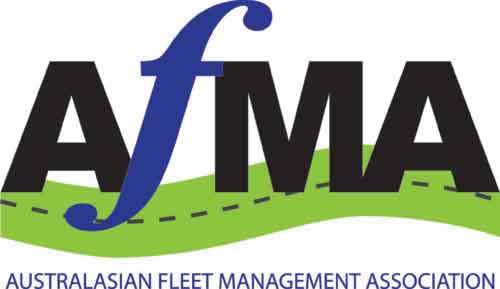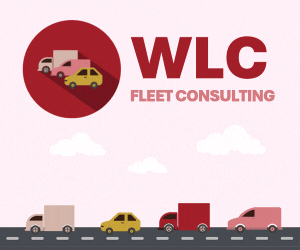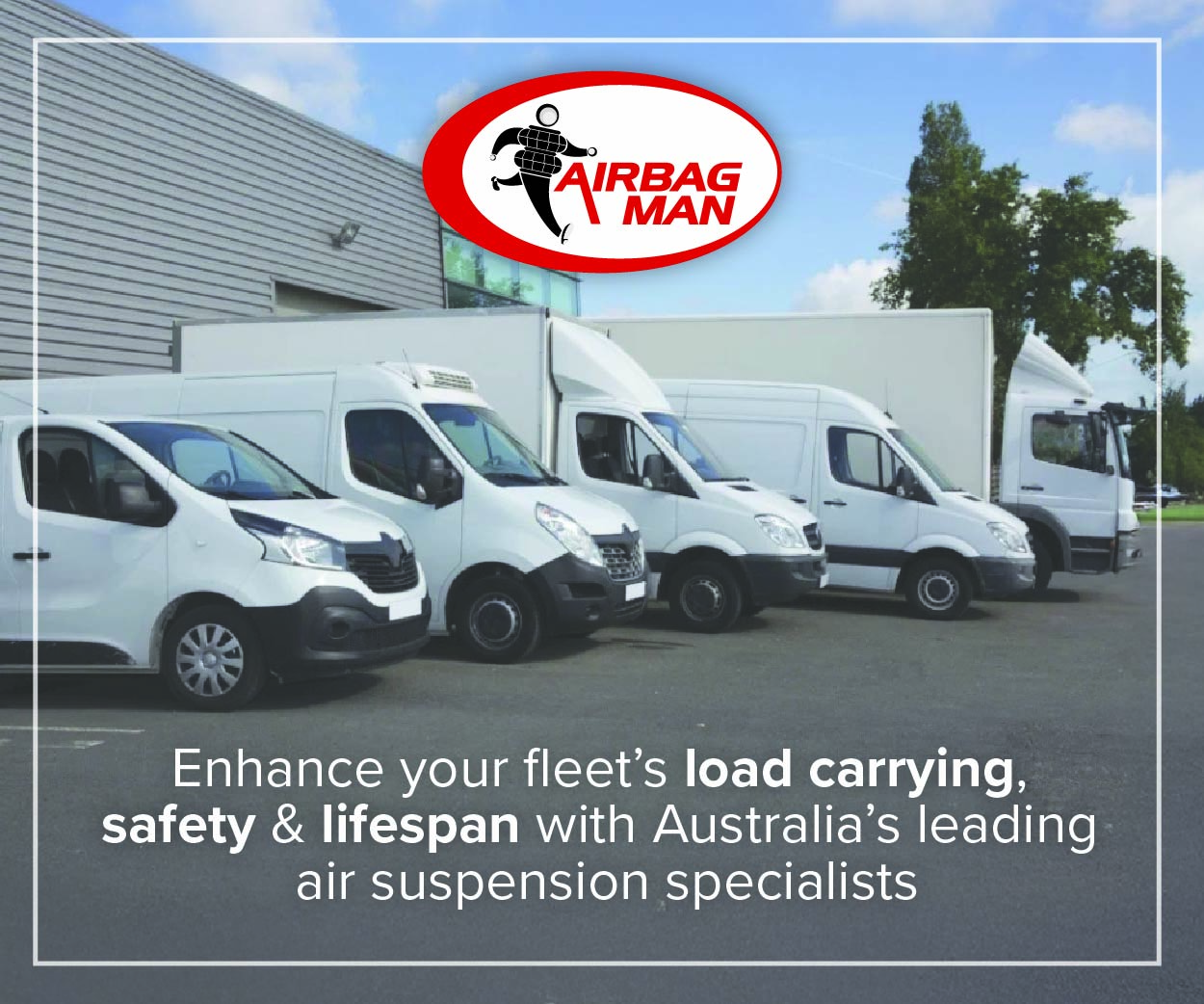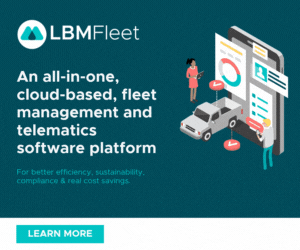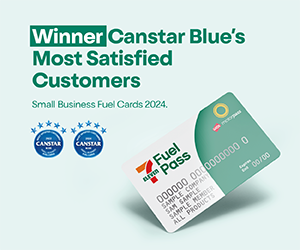In news to no one – a new report has revealed Australian major roads are getting busier!
Australia’s peak motoring body has released the nation’s first congestion benchmarking report, which reveals average speeds have slowed by up to 8 per cent since January 2013.
Road Congestion in Australia uses mapping and location data to monitor and benchmark road congestion in all capital cities. The Australian Automobile Association has produced the report in partnership with HoustonKemp Economists, using data from HERE Technologies.
AAA Chief Executive Michael Bradley said: “No-one benefits from congestion and everyone pays. But if we are to develop effective solutions, we first need a strong understanding of the problem and how and where it’s changing.
“This report confirms what most people living in our major cities know all too well. But we hope it also helps stimulate discussion and problem-solving so that Australia can develop smart measures to address our worsening congestion.”
The report shows that in the five years to 30 June 2018, average driving speeds declined markedly in Australia’s capital cities. Speeds in Sydney and Brisbane fell by 3.6 per cent and 3.7 per cent respectively. In Melbourne, the slow-down was 8.2 per cent.
The report also measures variability of travel times. Highly variable average speeds make travel times less predictable and less reliable. Variability across the major capital cities has increased since January 2013, with Brisbane experiencing the largest increase at 1.2 per cent.
The report draws on anonymised trip data collected from a variety of devices, including: vehicle sensors, smartphones, portable navigation devices, road sensors and connected cars. This offers a clear picture of travel patterns while also respecting user privacy.
In 2015, land transport congestion cost Australia $16.5 billion. Without major policy changes, congestion costs are projected to reach between $27.7 and $37.3 billion by 2030.
With motorists paying record levels of motoring-related taxes, the AAA has been calling for the Australian Government to guarantee a minimum of at least 50% of net fuel excise revenue be invested in transport projects. Unfortunately, over the next four years, the proportion of net fuel excise returned to infrastructure is projected to decline to just 32% in 2021-22, well below the past decade’s average of 50.3%.
